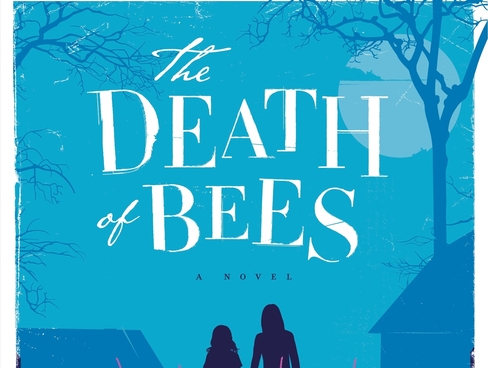“The Death of Bees”: Dark but heartwarming
In Lisa O’Donnell’s “The Death of Bees,” fifteen-year-old Marnie and her younger sister Nelly wake up one morning to find their abusive parents, Isabel Macdonald and Eugene Doyle, dead. However, they do not react the way normal children would. They are the only ones who know the truth about what happened to Izzy and Gene, but they conveniently forget to tell anyone.
As if channeling the secretive ladies of “Desperate Housewives,” the girls bury their parents at night in the backyard, hoping that if they can survive on their own until Marnie is legally an adult, they will have successfully escaped from their neglectful parents and evaded government involvement with the mysterious circumstances of Izzy’s and Gene’s deaths.
However, Marnie and Nelly soon discover that governing themselves is not as easy as they had expected. As Marnie puts it, “You’re alone. You need to heat your own home and pay your own bills, wash your own clothes and dry your own tears.”
Fortunately, Marnie and Nelly find a friend and a surrogate grandfather in their neighbor, Lennie. An elderly gay man, Lennie reaches out to the girls, despite his own suspicions of the whereabouts of their parents, in order to fill the void left by the death of his lover Joseph.
Marnie, Nelly, and Lennie form a family, and it appears that all is well until the girls’ friends, teachers, and employers begin asking questions about Izzy and Gene’s mysterious disappearance. The situation grows more desperate as the girls’ maternal grandfather, Robert T. Macdonald, appears on the scene, wanting to reconnect with his missing daughter and to take the girls into his own custody. To top it all off, Lennie begins to succumb to the symptoms of a terminal illness, about which he refuses to tell Marnie and Nelly.
“The Death of Bees” gives value to the idea of the anti-hero: one who no one expects to save the day. Marnie, whose dialogue is laced with profanity, is the opposite of a responsible older sister: she sells drugs and sleeps with her married boss. Nelly, only twelve, has frequent screaming fits and nightmares stemming from keeping the secret about her parents’ deaths. Lennie, a bit of a recluse suspected of being a child molester, is a societal outcast. However, these three band together to become a dysfunctional but loving family. Nelly’s poetic, lyrical way of speaking (“It is most vexing”) makes her less realistic, but likeable just the same. In addition, Robert T. Macdonald is a believable antagonist, who evokes pity in the reader through his desperate but fruitless search to reconcile with Izzy.
Set in the slums of Glasgow, Scotland and told through chapters alternately narrated by Marnie, Nelly, and Lennie, “The Death of Bees” is a story about the importance of family, second chances, and tolerance. The quirky characters and thrilling plotlines will leave readers anxious to find out what will become of the girls. This poignant, compelling, and hopeful tale teaches readers that a desperate situation can always be alleviated by reaching out to others. Family is not only the one we are born into; sometimes, it is the one we make for ourselves.




